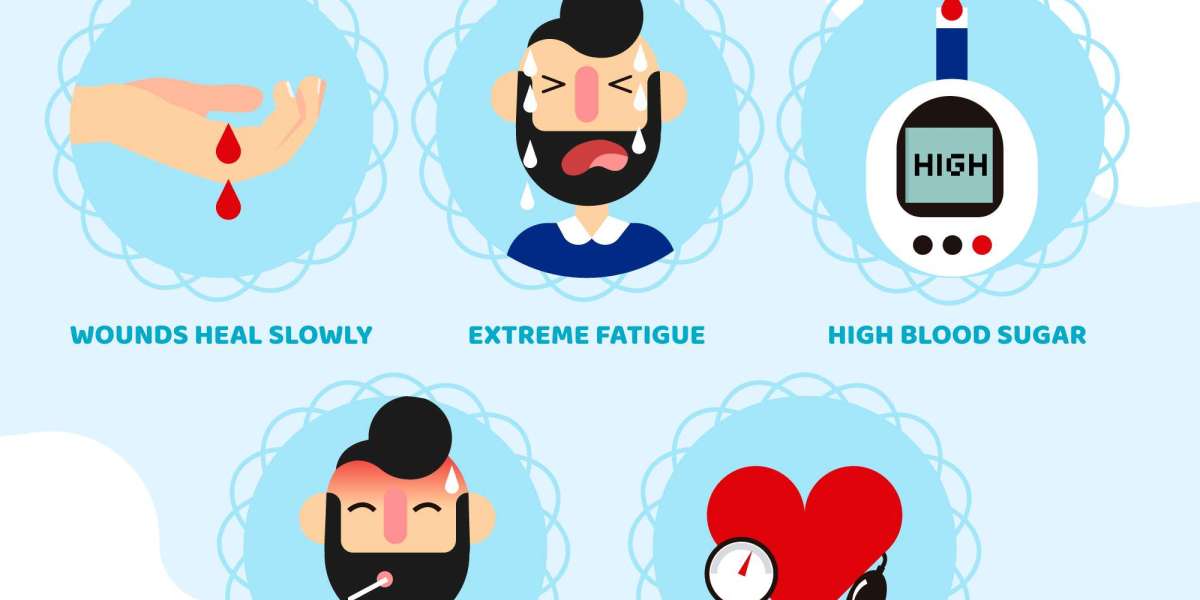Stem cells are undifferentiated cells that have the remarkable ability to develop into different types of cells in the body. These cells play a crucial role in growth, repair, and healing processes. Their potential to treat a wide range of diseases and injuries has made them a major focus of scientific research.
What Are Stem Cells?
Stem cells are unique in that they can both divide to create more stem cells (self-renewal) and differentiate into specialized cells (such as muscle, nerve, or blood cells) under the right conditions. There are two main types of stem cells:
Embryonic Stem Cells: These are pluripotent, meaning they can differentiate into any type of cell in the body. They are derived from embryos and are a source of significant research for potential therapies.
Adult Stem Cells: Also known as somatic or tissue-specific stem cells, these are found in specific tissues such as bone marrow, skin, and the brain. They are multipotent, meaning they can develop into a limited range of cell types specific to their tissue of origin.
Types of Stem Cells
Embryonic Stem Cells:
- These cells are derived from early-stage embryos and are capable of turning into almost any type of cell in the body. They hold immense potential for regenerative medicine, but their use is ethically controversial and restricted in many countries.
Adult Stem Cells:
- These are found in various tissues throughout the body and have a more limited ability to develop into different types of cells compared to embryonic stem cells. However, they are already used in medical treatments such as bone marrow transplants.
Induced Pluripotent Stem Cells (iPSCs):
- These are adult cells (often skin or blood cells) that have been reprogrammed to behave like embryonic stem cells. iPSCs are a promising area of research because they avoid the ethical concerns surrounding the use of embryos.
Perinatal Stem Cells:
- These are stem cells found in the tissue of a newborn, such as in the umbilical cord blood, placenta, and amniotic fluid. These cells have the potential to develop into several different cell types and may be used in regenerative therapies.
Stem Cells in Medicine
Stem cells have the potential to revolutionize medicine by enabling the development of new therapies for a wide range of conditions, including:
Regenerative Medicine:
- Stem cells can potentially repair damaged tissues or organs. For example, they could be used to treat heart disease, liver failure, or spinal cord injuries by regenerating damaged cells and promoting healing.
Stem Cell Transplants:
- Bone marrow transplants are the most common form of stem cell treatment currently in use. These procedures are used to treat conditions like leukemia, lymphoma, and other blood-related disorders by replacing damaged or diseased bone marrow with healthy stem cells.
Treatment of Neurodegenerative Diseases:
- Stem cells are being explored as potential treatments for neurodegenerative diseases such as Parkinson’s disease, Alzheimer’s disease, and multiple sclerosis. They may be able to replace damaged neurons and restore function in the brain.
Personalized Medicine:
- Stem cells can be used to create personalized treatment plans. For instance, doctors can create iPSCs from a patient’s own cells to study diseases, test drugs, or develop personalized therapies, reducing the risk of rejection or side effects.
Organ Regeneration:
- Researchers are investigating the use of stem cells to grow organs or tissues in the lab for transplants. This could address the shortage of donor organs and reduce the risk of transplant rejection.
Ethical Considerations
The use of stem cells, especially embryonic stem cells, raises significant ethical concerns. Embryonic stem cells are typically obtained by destroying embryos, which many consider to be morally problematic. However, alternatives like adult stem cells and iPSCs offer promising solutions without the ethical dilemmas associated with embryonic cells.
Risks and Challenges
While stem cell therapy holds great promise, there are several challenges:
Tumor Formation:
- Stem cells have the ability to proliferate rapidly, and if not properly controlled, they can form tumors. Researchers are working on ways to mitigate this risk and ensure safe use in treatments.
Immune Rejection:
- In some cases, stem cells derived from a donor may be recognized as foreign by the recipient’s immune system, leading to rejection. This is less of a concern with iPSCs, as they can be created from the patient’s own cells.
Ethical and Regulatory Issues:
- Stem cell research is heavily regulated in many countries. The ethics surrounding the use of embryos and the potential for exploitation are areas of concern that require careful consideration.
Conclusion
Stem cells have the potential to transform medicine by providing innovative treatments for conditions that are currently difficult to treat. While challenges such as ethical concerns, safety, and regulatory issues remain, ongoing research continues to advance our understanding of stem cells and their applications. As technology progresses, stem cells could play a significant role in creating personalized, regenerative therapies that improve the quality of life for individuals suffering from a range of diseases and injuries.






